40 three parts of the nucleotide
What are the three parts of a nucleotide? - Toppr Ask >> What are the three parts of a nucleotide Question What are the three parts of a nucleotide? Hard Solution Verified by Toppr Figure shows adenine structure. Nucleotide shown in the figure is divided into nitrogen containing base, sugar backbone and phosphate group. Was this answer helpful? 0 0 Similar questions What are three parts of a nucleus? Steps of Genetic Transcription | Biology for Majors I - Lumen … Triplets are groups of three successive nucleotide bases in DNA. Codons are complementary groups of bases in mRNA. ... The steps are illustrated in Figure 2. Figure 2. Transcription occurs in the three steps—initiation, elongation, and termination—all shown here. Step 1: Initiation. Initiation is the beginning of transcription. It occurs when the enzyme RNA polymerase binds to a region …
Nucleotide - Wikipedia A nucleotide is composed of three distinctive chemical sub-units: a five-carbon sugar molecule, a nucleobase (the two of which together are called a nucleoside), and one phosphate group.With all three joined, a nucleotide is also termed a "nucleoside monophosphate", "nucleoside diphosphate" or "nucleoside triphosphate", depending on how many phosphates make up the phosphate group.
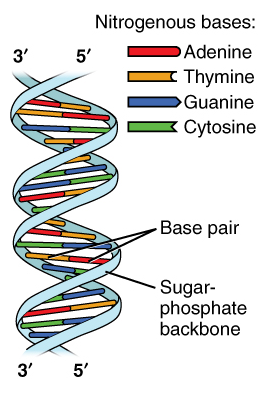
Three parts of the nucleotide
Nucleotide - Definition, Structure (3 Parts), Examples & Function A nucleotide is made up of three parts: a phosphate group, a 5-carbon sugar, and a nitrogenous base. The four nitrogenous bases in DNA are adenine, cytosine, guanine, and thymine. RNA contains uracil, instead of thymine. A nucleotide within a chain makes up the genetic material of all known living things. Nucleotide - Genome Sep 12, 2022 · A nucleotide is the basic building block of nucleic acids (RNA and DNA). A nucleotide consists of a sugar molecule (either ribose in RNA or deoxyribose in DNA) attached to a phosphate group and a nitrogen-containing base. The bases used in DNA are adenine (A), cytosine (C), guanine (G) and thymine (T). Explanation of 3 Parts of a Nucleotide and Nucleotide Examples - HoneyReads Within the 3 parts of a nucleotide, there are five types of nucleotide bases which are: Adenine (A), Cytosine (C), Guanine (G), Thymine (T) and Uracil (U). When they are combined with sugar, they form nucleotide adenosine, cytidine, guanosine, thymidine, and uridine. 1. Adenine
Three parts of the nucleotide. Nucleotide: Structure, Examples and Function - BYJUS Phosphate of one nucleotide attaches to the 3 rd C-OH group of the sugar of the 2 nd nucleotide, thereby forming 5’ → 3’ linkage. In DNA (double helix) there are two antiparallel strands of polynucleotides that are linked together by hydrogen bonds between nitrogenous bases. Purine pairs with pyrimidine base, A pairs with T and G pairs ... Answered: What are the 3 parts of a nucleotide? | bartleby What are the 3 parts of a nucleotide? Question. What are the 3 parts of a nucleotide? ... DNA and Mutations - Understanding Evolution by the Understanding Evolution team A mutation is a change in DNA, the hereditary material of life. An organism's DNA affects how it looks, how it behaves, and its physiology. So a change in an organism's DNA can cause changes in all aspects of its life. Mutations are essential to evolution; they are the raw material Ribosome - Definition, Function and Structure | Biology Dictionary 28.04.2017 · DNA, transcripted into RNA, is read in units of three known as codons. Therefore, with only 4 different molecules to choose from, only 48 unique combinations can be created (4 3). If proteins were created in this language, only 48 different proteins could exist. Instead, a ribosome works with tRNAs and mRNA to translate the language created by ...
Why are the three parts of a nucleotide? Explained by FAQ Blog Which of the 3 parts of a nucleotide helps determine the code or sequence of a gene? Each nucleotide contains one of four nitrogen-containing bases: adenine (A), thymine (T), cytosine (C) and guanine (G).The sequence of these bases constitutes the genetic code - that specifies the order and number of amino acids in a protein. Why are the three parts of a nucleotide? What are the three parts of a nucleotide answer? Both deoxyribonucleic acid (DNA) and ribonucleic acid (RNA) are made up of nucleotides which consist of three parts: Nitrogenous Base. Purines and pyrimidines are the two categories of nitrogenous bases. ... Pentose Sugar. In DNA, the sugar is 2'-deoxyribose. ... Phosphate Group. TOP 9 what are the 3 parts of a dna nucleotide BEST and NEWEST - Kiến ... You are wondering about the question what are the 3 parts of a dna nucleotide but currently there is no answer, so let kienthuctudonghoa.com summarize and list the top articles with the question. answer the question what are the 3 parts of a dna nucleotide, which will help you get the most accurate answer. The following article hopes to help you make more suitable choices and get more useful ... What Are The Three Parts Of A Nucleotide | Jacks Of Science Each nucleotide is composed of three parts: a sugar, a phosphate, and a nitrogen-containing base. The sugar molecule can be either ribose or deoxyribose, and the phosphate group is bonded to the sugar via a phosphodiester bond. The nitrogen-containing base is attached to the sugar via a nitrogenous base pair. What is a phosphate group?
What are the three parts of a nucleotide? Flashcards | Quizlet What are the three parts of a nucleotide? Phospate, sugur, nitrogen base Nucleotide basic unit surgery in DNA deoxylibonuelic hydrogen bonds hold DNA together covalent bond is sharing of electrons ionic is the attraction between 2 ions 4 nitrogen bases cytosine, thymine, adenine, guanine DNA is a polymer What are the 3 parts of a Nucleotide? - Answers The three parts of a nucleotide is the deoxyribose, the nitrogen base, and the phosphate group. People also asked. Study Guides . Genetics. Created By Heath Smitham. 3.8 ★ ★ ★ ☆ 166 ... LocusZoom - Create Plots of Genetic Data 13.11.2020 · Sample sites affected may include PheWeb, my.locuszoom.org, and certain parts of pages on the T2D Knowledge Portal. This outage is expected to last . 3 hrs, and will not affect users of the standalone python locuszoom. We apologize for the inconvenience, and aim to make downtime as rare as possible. --Andy Boughton. LocusZoom.js 0.12 released ~ August 14, … Optimizing the transient transfection process of HEK-293 ... - PubMed Maximum transfectability was achieved by adjusting the ratio for complex formation to one mass part of DNA and three parts of PEI corresponding to an N/P (nitrogen residues/DNA phosphates) ratio of 23 representing a minimum amount of DNA for the polycation-mediated gene delivery. Applying this method, maximum transfectabilities between 70 and 96 % and a rHuEPO …
what are 3 parts of a nucleotide? - Brainly.com Answer:The three parts of a nucleotide are: - A phosphate group- Nitrogenous base- Five-carbon atomsExplanation:These are the three parts that make up a nucleot… LPas0724 LPas0724 10/19/2020
What Are The Three Parts Of An Rna Nucleotide - Realonomics Each nucleotide is composed of three parts: a five-carbon sugar known as ribose a phosphate group and one of four bases attached to each ribose. The four bases are adenine (A) cytosine (C) guanine (G) and uracil (U). What three components form the structure of a nucleotide? DNA and RNA are made up of monomers known as nucleotides.
what are the 3 parts of each nucleotide | Quizlet Each nucleotide has three parts. a phosphate group a deoxyribose sugar a nitrogen-containing base. FROM DNA TO PROTEIN - BIOLOGY QUIZ. View this set. What are the 3 parts of each nucleotide? 1. A ring-shaped sugar called deoxyribose 2. A phosphate group 3. A nitrogenous base. Exam 1 Lecture 1.
What are the Three Parts of a Nucleotide? | Albert.io 01.03.2022 · Figure 2: The chemical assembly of the three parts of the nucleotide, the phosphate (blue box), nitrogenous base (red box) and the pentose sugar. This particular nucleotide is adenine. The assembly of nucleotides (1) differentiates them from nucleosides, which do not contain a phosphate group (in the blue box); (2) allows the nucleotide to connect to other …
What Are the 3 Parts of a Nucleotide.docx - What Are the 3... Both deoxyribonucleic acid (DNA) and ribonucleic acid (RNA) are made up of nucleotides which consist of three parts: 1. Nitrogenous Base Purines and pyrimidines are the two categories of nitrogenous bases. Adenine and guanine are purines. Cytosine, thymine, and uracil are pyrimidines.
3 Parts of a Nucleotide and How They Are Connected - ThoughtCo Jan 24, 2020 · A free nucleotide may have one, two, or three phosphate groups attached as a chain to the 5-carbon of the sugar. When nucleotides connect to form DNA or RNA, the phosphate of one nucleotide attaches via a phosphodiester bond to the 3-carbon of the sugar of the next nucleotide, forming the sugar-phosphate backbone of the nucleic acid .
Name the 3 parts of a Nucleotide? - Answers A nucleotide has three parts: a sugar, a base, and a phosphate group, which contains phosphorus and oxygen atoms. its attached by DNA, RNA, and ATP.
Explain The Three Parts Of A Nucleotide - 564 Words | Cram a) The three parts of a nucleotide are phosphate, nitrogen-containing base, and the deoxyribose sugar. b) Deoxyribose sugar is the sugar that is found in a nucleotide. c) The nitrogen-containing base is the nucleotide component that contains nitrogen. d) The four nitrogen bases shown in Model 1 are Adenine, Thymine, Guanine, and Cytosine.
ROSALIND | Counting DNA Nucleotides 02.07.2012 · Each nucleotide is formed of three parts: a sugar molecule, a negatively charged ion called a phosphate, and a compound called a nucleobase ("base" for short). Polymerization is achieved as the sugar of one nucleotide bonds to the phosphate of the next nucleotide in the chain, which forms a sugar-phosphate backbone for the nucleic acid strand. A key point is that …
When nucleotide monomers join together? Explained by FAQ Blog The three parts of a nucleotide are connected via covalent bonds. The nitrogenous bases bonds to the first or primary carbon atom of the sugar. The number 5 carbon of the sugar bonds to the phosphate group. A free nucleotide may have one, two, or three phosphate groups that attach as a chain to the sugar's 5-carbon. ...
Why are the three components of a nucleotide? A nucleotide is made up of three parts: a phosphate group, a 5-carbon sugar, and a nitrogenous base. The four nitrogenous bases in DNA are adenine, cytosine, guanine, and thymine. What are the functions of nucleotides? Functions. Nucleotides serve unique physiological functions in the body. These are summarized in Table 3.
Nicotinamide adenine dinucleotide - Wikipedia Nicotinamide adenine dinucleotide (NAD) is a coenzyme central to metabolism.Found in all living cells, NAD is called a dinucleotide because it consists of two nucleotides joined through their phosphate groups. One nucleotide contains an adenine nucleobase and the other nicotinamide.NAD exists in two forms: an oxidized and reduced form, abbreviated as NAD + …
Explanation of 3 Parts of a Nucleotide and Nucleotide Examples - HoneyReads Within the 3 parts of a nucleotide, there are five types of nucleotide bases which are: Adenine (A), Cytosine (C), Guanine (G), Thymine (T) and Uracil (U). When they are combined with sugar, they form nucleotide adenosine, cytidine, guanosine, thymidine, and uridine. 1. Adenine
Nucleotide - Genome Sep 12, 2022 · A nucleotide is the basic building block of nucleic acids (RNA and DNA). A nucleotide consists of a sugar molecule (either ribose in RNA or deoxyribose in DNA) attached to a phosphate group and a nitrogen-containing base. The bases used in DNA are adenine (A), cytosine (C), guanine (G) and thymine (T).
Nucleotide - Definition, Structure (3 Parts), Examples & Function A nucleotide is made up of three parts: a phosphate group, a 5-carbon sugar, and a nitrogenous base. The four nitrogenous bases in DNA are adenine, cytosine, guanine, and thymine. RNA contains uracil, instead of thymine. A nucleotide within a chain makes up the genetic material of all known living things.



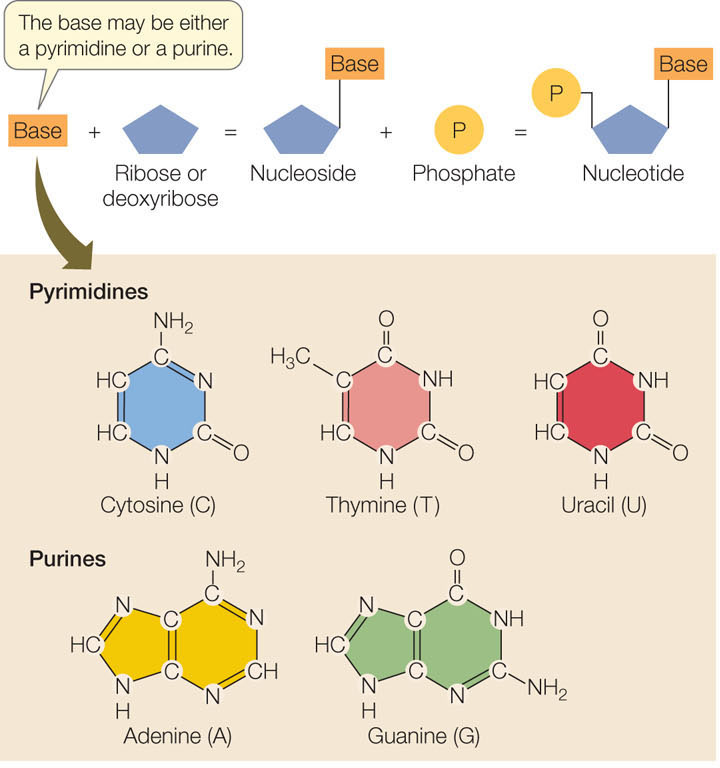
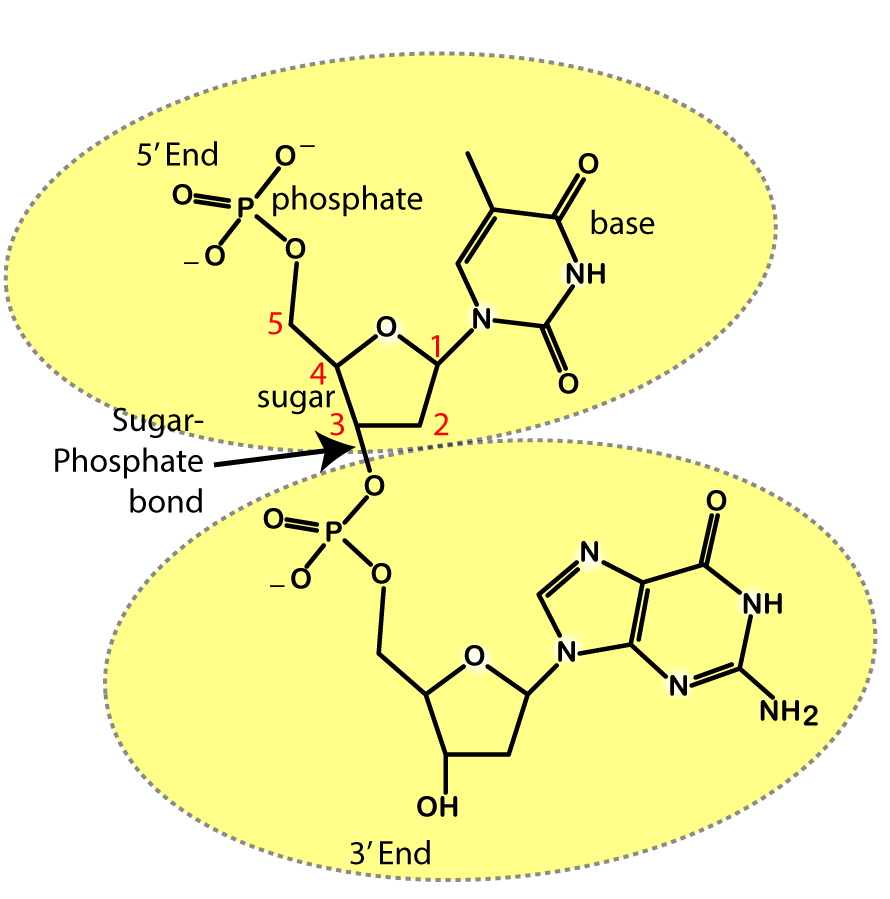
.jpg)



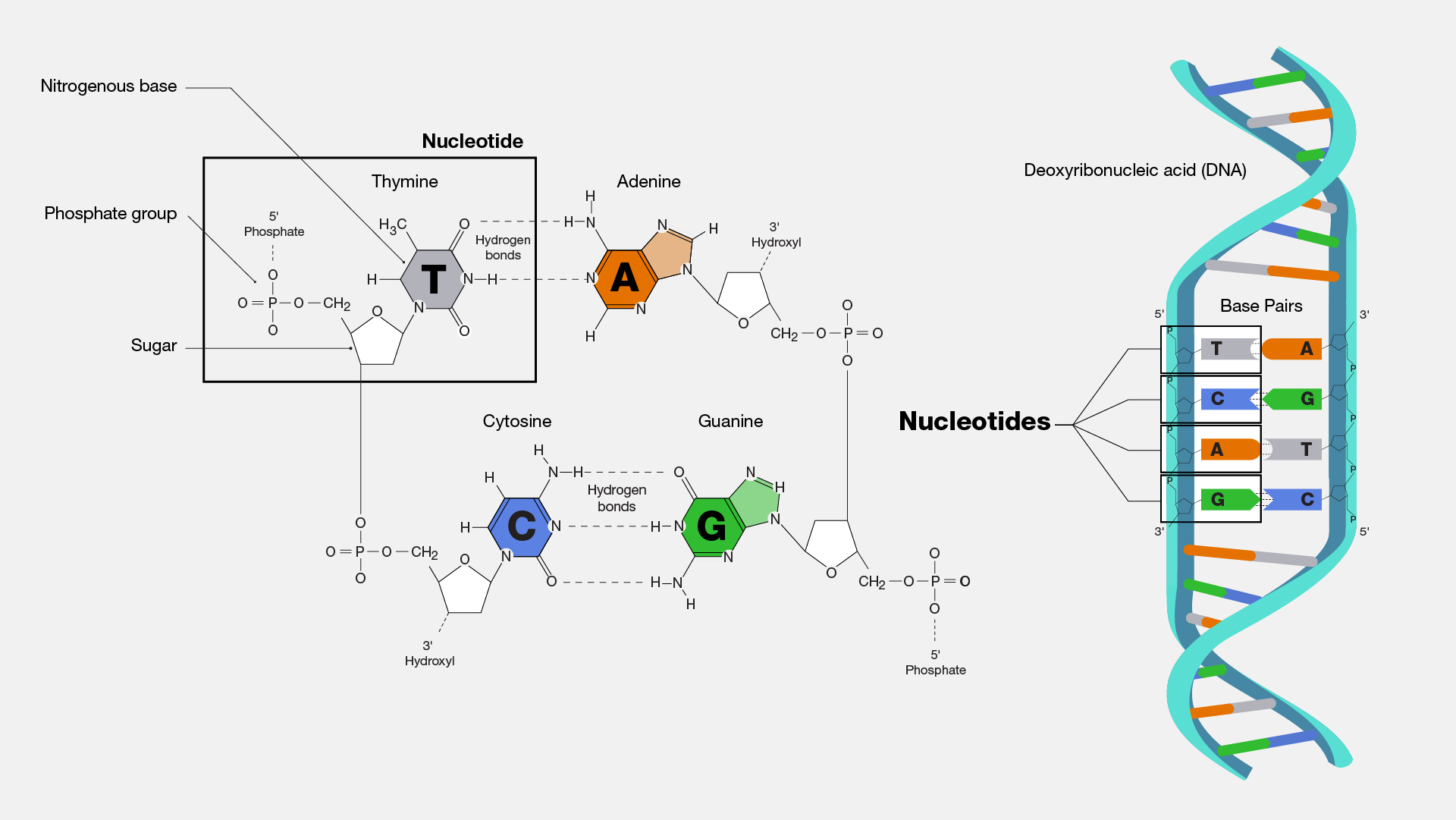


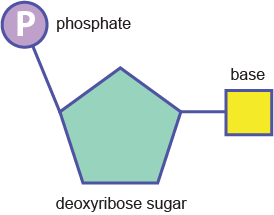



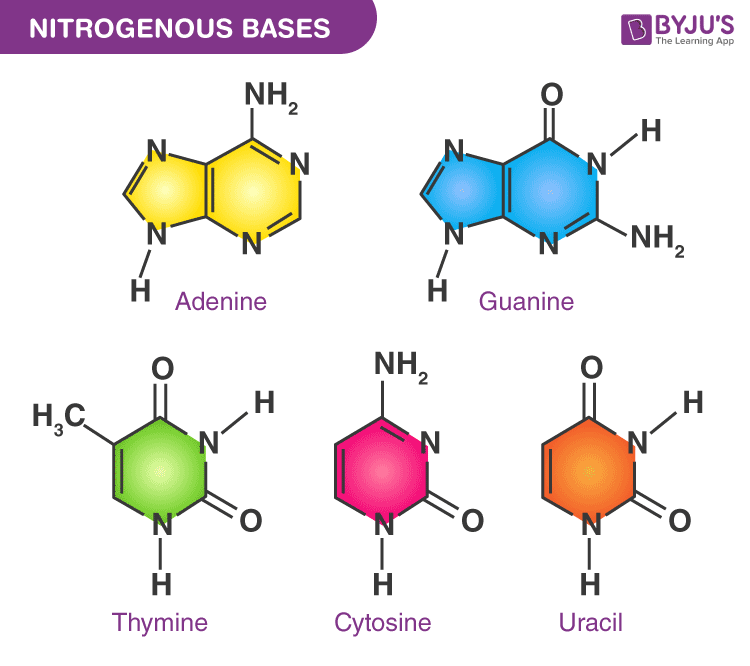

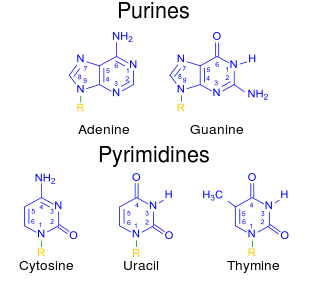


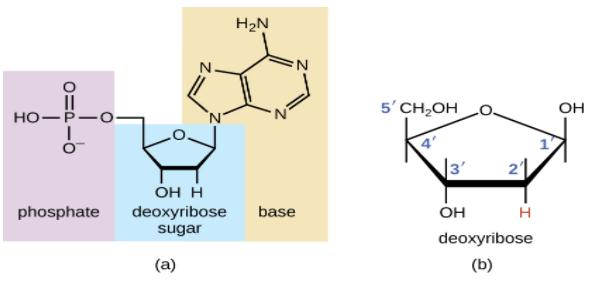







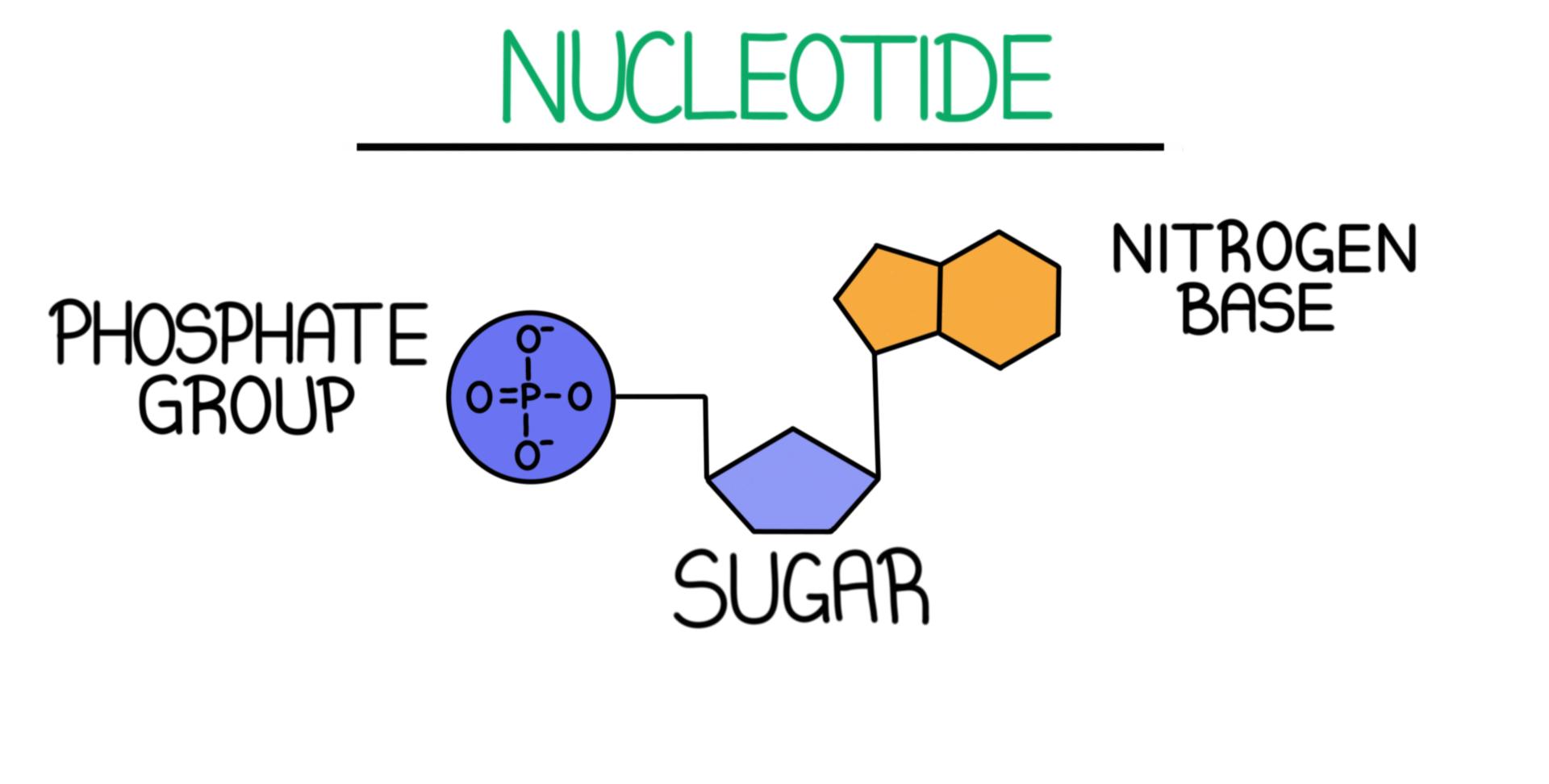

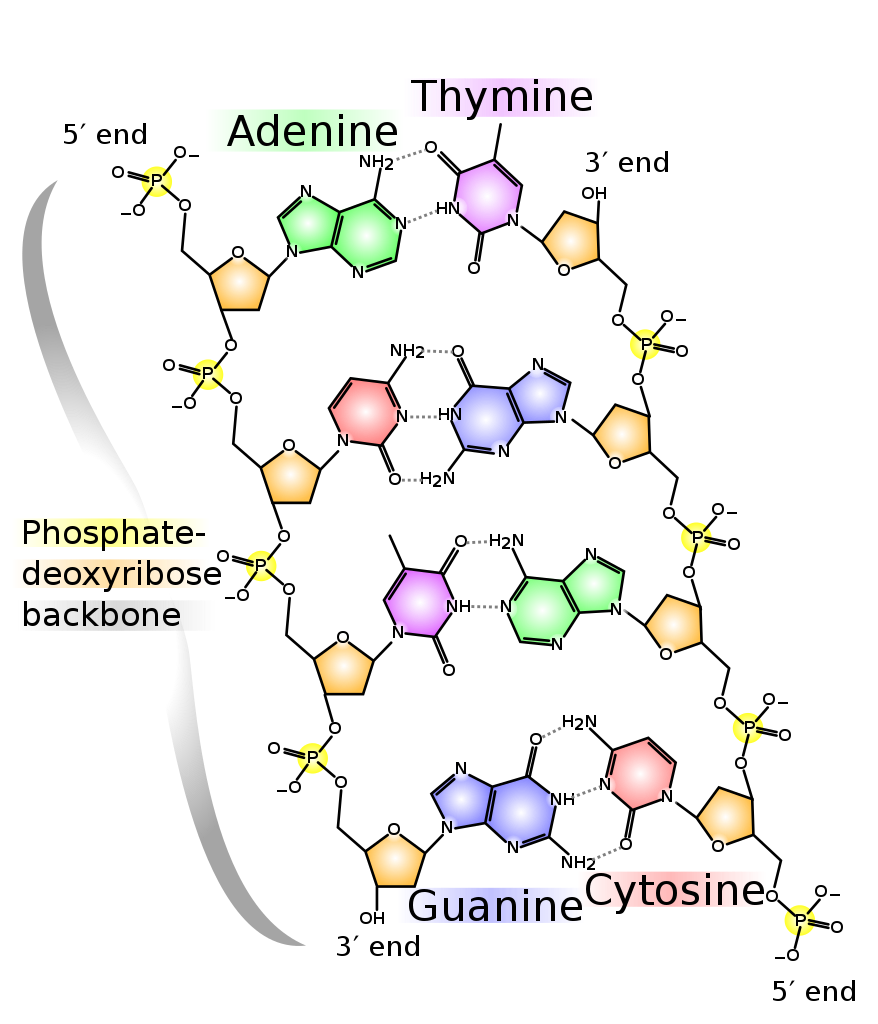




Komentar
Posting Komentar